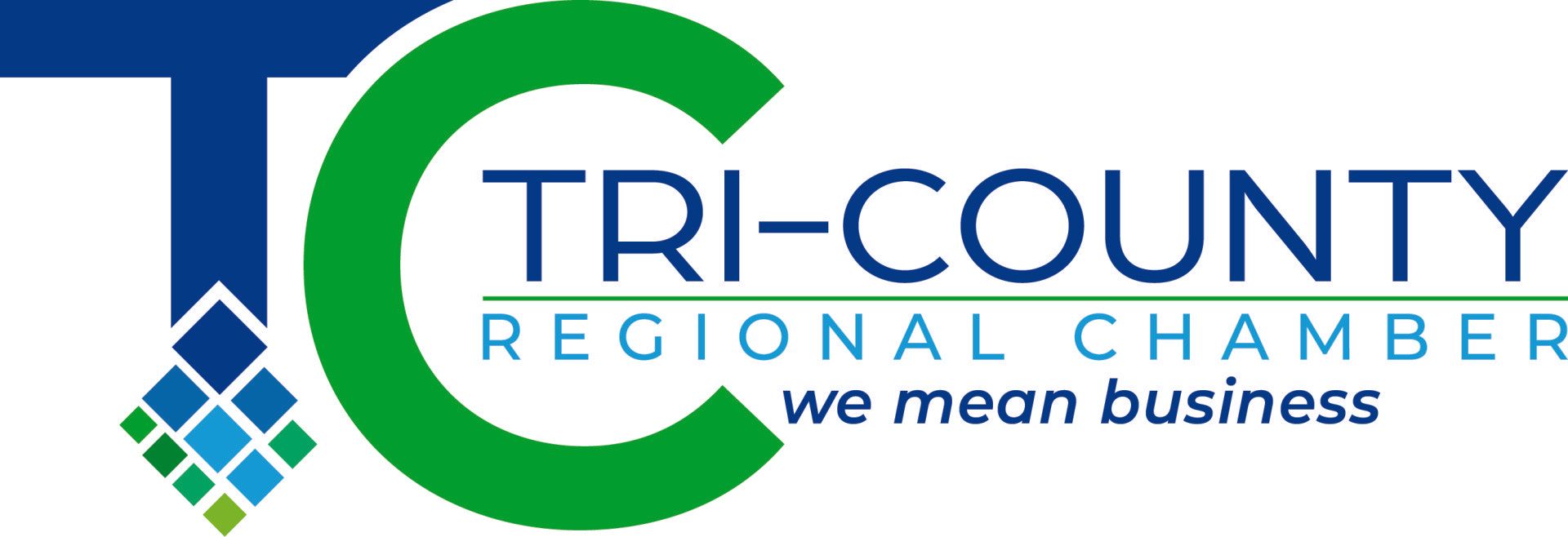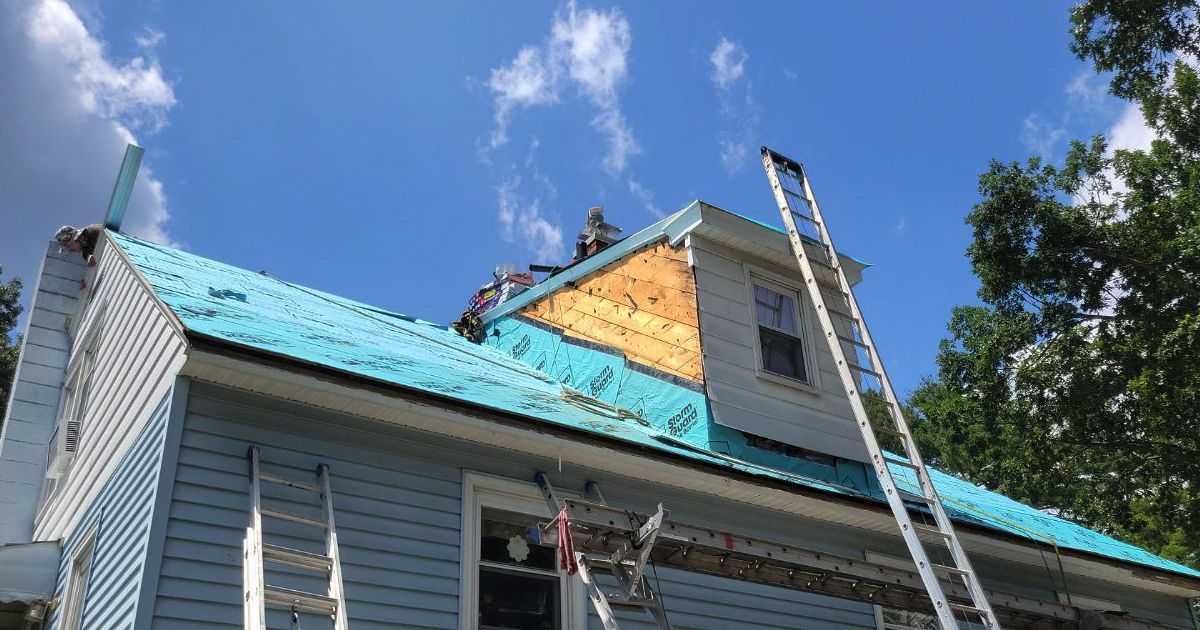Blogs
When Does Aging Roof Need Replacement?
As a Massachusetts homeowner, you’re no stranger to the punishing weather that tests your roof—blizzards, torrential rains, and sweltering summers. Recognizing the warning signs of an aging roof can save you from costly damage and keep your home secure. At Master Roof, we’ve assisted countless Tri-County residents with timely roof replacements, and we’re excited to share this guest post with the Tri-County Chamber to help you spot the clues that it’s time for a new roof.
Your roof is a vital shield for your home, but years of wear can take a toll. This article outlines key indicators that your roof may need replacing, tailored to the unique challenges of Massachusetts’ climate.
Here are seven telltale signs it might be time to replace your roof:
- The age of your roof
- Missing or warped shingles
- Water marks on ceilings
- Moss or algae buildup
- Drooping roof deck
- Granule buildup in gutters
- Rising energy costs
Visible Roof Damage
Wear on your roof often begins with small hints that can escalate into serious problems. Regular inspections can catch these issues early, preventing leaks or structural damage, especially in Massachusetts’ unforgiving weather.
Missing Shingles
Shingles lost to fierce winds or storms create exposed patches on your roof. In Massachusetts, where heavy snow and rain are frequent, even one missing shingle can allow water to seep in, leading to leaks and further harm.
Warped or Buckling Shingles
Shingles that curl up or bulge in the center signal aging or inadequate attic ventilation, common in Massachusetts’ humid summers. These defects let water slip underneath, risking rot or mold if left unchecked.
Cracked or Broken Shingles
Cracks in shingles, often caused by hail or Massachusetts’ freeze-thaw cycles, open pathways for water to penetrate. Over time, this weakens your roof’s structure, paving the way for expensive repairs during winter storms.
Shingle Granule Loss
Bald spots on shingles or granules collecting in your gutters are red flags. Granules protect your roof from UV rays and weather, and their loss accelerates wear, especially under Massachusetts’ intense seasonal sun.
Granules Clogging Gutters
Noticing granules piling up in your gutters or washing away during rain is a warning sign. It shows your shingles are deteriorating and losing their protective layer, a problem worsened by Massachusetts’ frequent downpours.
Moss or Algae Growth
Green patches of moss or algae, common in Massachusetts’ humid coastal areas, thrive in shaded spots. Moss holds moisture against shingles, speeding up decay, while algae signals ongoing dampness that weakens your roof.
Dark Roof Streaks
Black streaks trailing down your roof, caused by algae or grime, aren’t just unsightly. They indicate your shingles are losing protective oils, making them brittle and prone to cracking in Massachusetts’ temperature swings.
Structural Roof Issues
Some signs of roof aging go beyond surface damage, pointing to deeper structural concerns. These issues demand immediate attention to avoid safety risks or costly repairs in Massachusetts’ harsh climate.
Damaged Roof Valleys
Worn or cracked valleys, where roof slopes converge, are critical weak spots. They direct water flow, and any damage here causes leaks, especially during Massachusetts’ heavy snowmelt periods.
Sagging Roofline
A drooping or uneven roofline indicates serious structural problems, often from water damage or rot. In Massachusetts, where snow can pile high, this weakness poses a significant safety risk.
Corroded Flashing
Rust or cracks in flashing around chimneys, vents, or skylights allow water to sneak in. Massachusetts’ wet springs make corroded flashing a common source of hidden leaks that worsen over time.
Interior and Energy Warning Signs
Sometimes, the signs of a failing roof show up inside your home or on your utility bills. These clues are critical for Massachusetts homeowners facing frequent storms and cold winters.
Water Stains or Leaks
Water marks on ceilings, walls, or attic insulation are clear signs of roof failure. In Massachusetts’ stormy climate, leaks indicate your roof’s protective layers are breaking down, risking major interior damage.
Persistent Roof Leaks
If leaks keep appearing despite patches, your shingles or underlayment are likely failing. In Massachusetts’ damp weather, ongoing leaks make temporary fixes ineffective compared to a full roof replacement.
Spiking Energy Bills
Unexpected jumps in heating or cooling costs may signal a failing roof. Damaged insulation or ventilation forces your HVAC system to work harder, a costly problem in Massachusetts’ chilly winters.
External and Age-Related Clues
Sometimes, your surroundings or your roof’s age provide hints that replacement is near. In Massachusetts, these factors can help you decide when to act.
Neighbors Replacing Roofs
If neighbors with homes built around the same time are getting new roofs, pay attention. Massachusetts’ consistent weather means your roof is likely aging similarly, signaling it’s time to plan a replacement.
Roof Age and Wear
Faded, brittle, or powdery shingles indicate your roof is nearing the end. In Massachusetts, where UV rays and storms are relentless, an aging roof means replacement is likely on the horizon.
Why Act Quickly?
Massachusetts’ climate shows no mercy to aging roofs. Snow, wind, and humidity can turn minor issues into major headaches fast. At Master Roof, we recommend yearly inspections, especially for roofs over 15 years old. Ignoring signs like leaks, granule loss, or sagging can lead to soaring repair costs or even health risks like mold. Don’t wait for a storm to force your hand. Contact Master Roof at masterroof.com for a professional assessment designed for Massachusetts’ tough conditions. A new roof brings protection and peace of mind for years to come.









